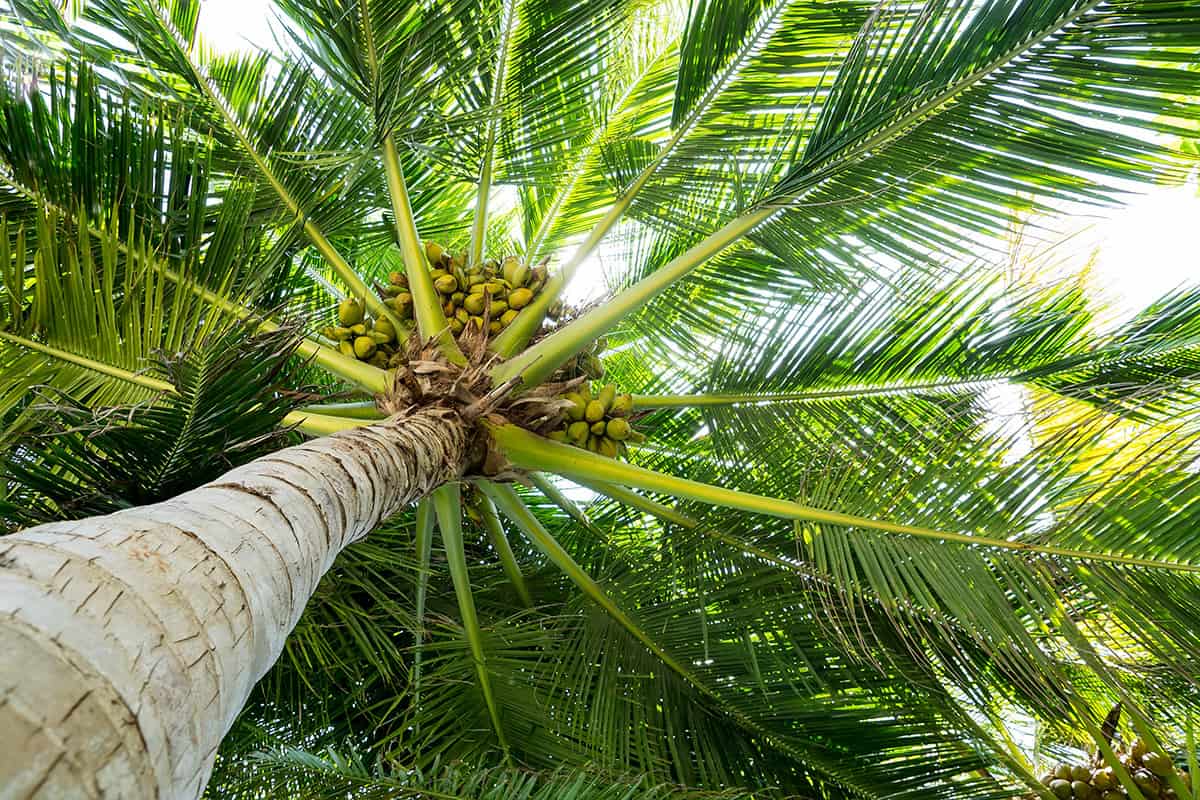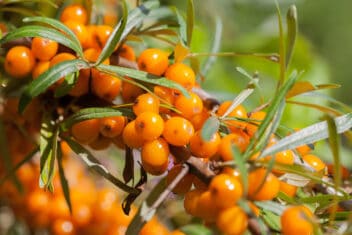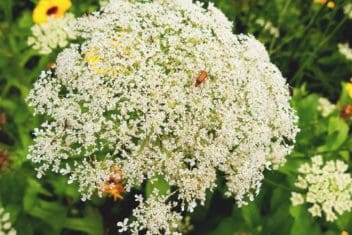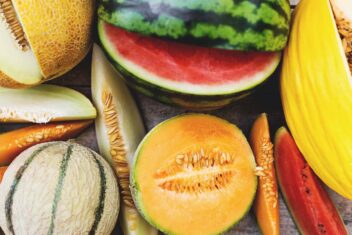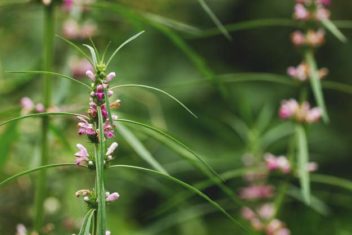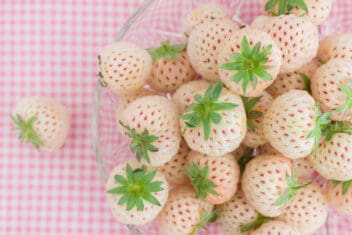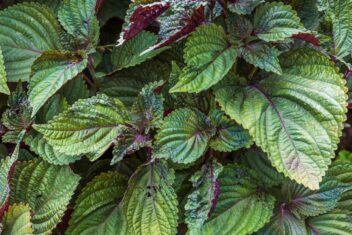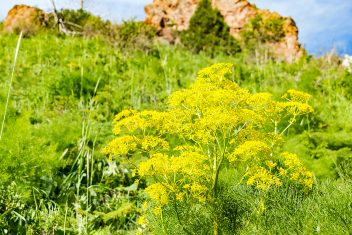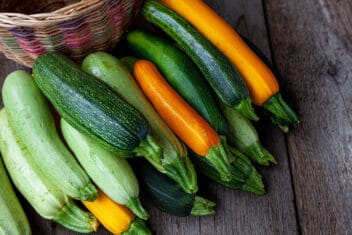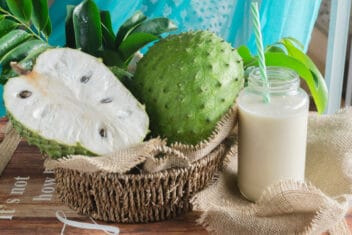One of the wonderful things about gardening is that so many plants grow outside of their natural environment. As long as the conditions are suitable, you can have amazing results growing all manner of things that might not be native to your area, and coconut trees are one such plant.
With their iconic shape and famous fruit, these trees recall beach holidays, tropical meals, and rest and relaxation. You can bring that vibe to your garden, and not only do you get a beautiful tree, but tasty coconuts, too.
What is a Coconut Tree?

The coconut tree (Cocos nucifera) is a member of the palm family. In fact, it is probably the most recognizable of trees in the tropics. It’s native tropical areas in the Pacific, but you can find it in many more places.
It’s known as the tree of life in some areas because all of its parts are useful. The coconut tree provides an endless supply of food, fuel, building material, and cosmetics. The flesh of the seed, as well as the milk, is a staple part of many people’s diets.
The coconut tree spread itself around the world without the help of humans as fallen coconuts floated the ocean currents. It was also spread by explorers as they visited new lands and took coconuts with them.
Best Varieties
There are over a dozen different palms that produce coconuts.
‘Malayan Dwarf’ stays under 60 feet tall and ‘Fiji Dwarf’ stays under 20 feet, so they’re a good pick if you want a tree you can manage a bit more easily. ‘Chowghat Orange’ grows to just 16 feet tall and has petite, flavorful orange coconuts. ‘King’ reaches about 30 feet.
‘Jamacia Tall,’ ‘East Coast Tall,’ ‘West Coast Tall,’ and ‘Panama Tall’ are on the taller end of the spectrum. They easily reach 100 feet tall. The latter is one of the most cold-resistant out there and can survive in Zone 9. ‘Maypan’ is disease-resistant and tops out at about 60 feet.
How to Plant Coconut
Coconuts grow well in USDA Growing Zones 10 and 11. You can even give them a go in zone 9 so long as you can provide protection during cold snaps. Outside of those zones? Try growing indoors.
Coconut despises cold weather and needs consistent temperatures above 72ºF and lots of sunshine. Temperatures between 85ºF and 95ºF are even better.
Aim for a soil pH of 5.0 to 8.0. Areas with a rainfall of at least 30 inches per year up to about 50 inches are perfect. You’ll have to provide water if you don’t have this naturally. The trees need sandy, loamy soil that drains well.
Germinating the Seed

The coconut is the fruit and the seed of the tree, which reproduces and grows another tree. There are a few methods when it comes to planting a coconut, but here’s the method I’ve used to grow a number of coconut trees successfully. It does take time, but it’s definitely worth it.
Although some methods call for a coconut still in the husk, this method is best done with a coconut stripped of its husk. Look at coconuts in the store, which are usually husked, to see an example of what this looks like.
Choose a coconut with plenty of water inside. If it sounds full, use it. If it sounds mostly empty, choose another one.
- Put your coconut in a bucket and fill it with lukewarm water. Gently place a brick on the coconut to keep it submerged for about three days. You are basically softening the coconut to aid in germination.
- Find a large plastic bag you can seal. Put in 1 cup of water and place the coconut inside. Put this in a dark, warm spot inside.
- Check once a week for germination. Once roots emerge, wrap them in a paper towel and put them back in the bag.
- Once the roots are about 6 inches long and the sprout is as long as your index finger, it is germinated enough to plant. If you’re not ready to plant it, gently wrap the roots in fresh towels and place the nut back in the bag until you are ready. Keep an eye on it so it remains moist.
The other method is to take a coconut with the husk and soak it for three days as above. Plant it in prepared soil with the pointy end down and two-thirds of the nut exposed.
Planting the Tree
You can also purchase started trees. These usually have the germinated coconut with a trunk around a foot or two tall.
To plant, dig a small hole in well-draining soil. Place the coconut in, leaving two-thirds above ground. Fill in around the seed with soil and water well. Be careful not to damage the roots and give them room in the hole.
If you want to avoid the long wait, you can always buy a tree because there are a few nurseries where you can get them. It’s fun to grow a tree from a coconut, though.
Growing Indoor
If you grow indoors, plant in as large a pot as you can manage. Pick a dwarf variety and plan on moving it outdoors if it outgrows your ceiling, though most plants stay smaller indoors.
Put it in a spot with full sun and fill with good potting soil. Keep consistently moist. You likely won’t get coconuts, but if you give the plant enough sun and heat, you might.
Caring for Coconut
Look for a fertilizer with good amounts of manganese, magnesium, and boron, in addition to phosphorus and nitrogen. Fertilize every two months and in spring after the first year. Before that, the tree will gain nutrients from the seed.
Keep the soil moist at all times. The goal is to create a humid environment, much like in their tropical lands. Water deeply weekly unless the weather is particularly hot and you may need to water more.
With leaves up to 17 feet long, coconut trees may need trimming or pruning a couple of times a year.
Remove limp, yellow fronds and also any diseased or dead ones. This is relatively easy when the tree is small. Once it’s tall, you may need an arborist to do it, since some of these trees grow up to 100 feet tall.
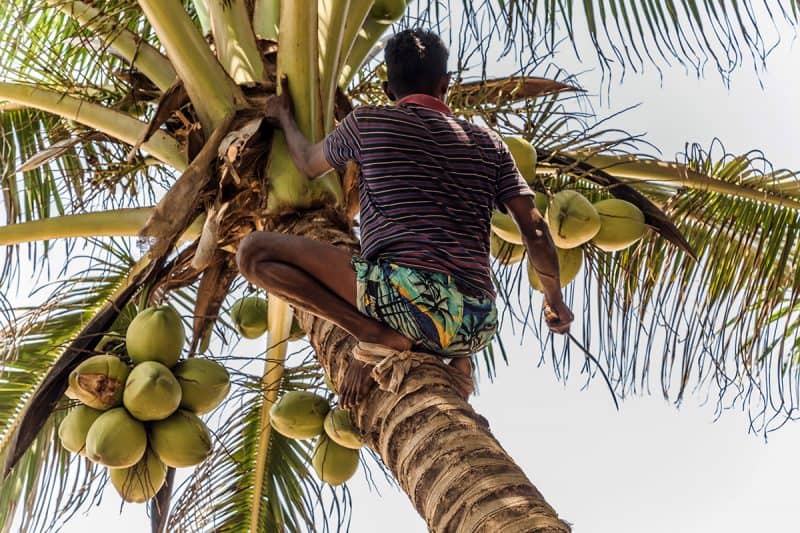
If you do it yourself, cut the long frond in half first, then cut it where it attaches to the tree. It’s important to keep an eye on the fronds because they can drop to the ground when damaged and are heavy enough to hurt someone beneath the tree.
Companion Planting for Growing Coconut
Depending on the area you live, there are a number of plants you can pair with coconut. Try:
- Banana
- Aloe
- Ginger
- Yacon
- Chilies
Common Problems and Solutions for Growing Coconut
Unfortunately for such a potentially long-lived and majestic tree (they can live up to 80 years), coconut palms suffer from several pests and diseases.
Lethal Yellowing
There have been times that this disease has spread around both commercial and home coconut groves, decimating them. Spread by an insect called planthoppers (Haplaxius crudus), this disease is especially a problem in southern Florida, but it’s heading north.
There are three stages to this disease.
- The nuts fall from the tree prematurely. They have a blackened appearance where the nut was attached to the tree.
- The male flowers become black at their tips and this prevents the tree from setting fruit.
- The fronds turn yellow and die off. This starts at the lower fronds and moves up the tree.
Unfortunately, trees affected by this disease need to be removed, though you can try a treatment using the antibiotic oxytetracycline HCl.
Before planting, see if this is an issue in your area and ask about varieties resistant to lethal yellowing. ‘Malayan Dwarf’ and ‘Maypan’ are varieties shown to have good levels of resistance to this horrible disease. You should also do your vest to keep planthoppers away.
Fungal Bud Rot
This fungal disease can affect a coconut tree of any age. It can often occur after long bouts of heavy rain or when you plant a tree in poorly draining soil.
The first thing you see is discoloration and wilting of the leaves, though this can often happen after cold spells as well. You’ll also be able to smell rot when the disease advances, and you can pull the leaves out of the tree easily.
This is spread by spores so careful watering, especially when the plants are young, is important. That means watering at the soil level, not on the foliage or trunk. The spores can also be spread by insects, so keep pests under control.
If the tree is young and the leaves accessible, copper fungicides or a Bordeaux mixture can help. If the tree is older and taller, you’re best off to remove it and destroy the leaves and branches, since the disease can’t be cured at this point.
Ganoderma Root
When there is a lack of vigor combined with older fronds yellowing and dying before moving to younger fronds, you may have an issue with Ganoderma root. Look for that traveling yellowing pattern.
This fungal issue gets in through wounds in the trunk or from pruning wounds. Avoid these as much as possible.
Make sure you space your coconut trees out or, if you only have one, make sure there is plenty of airflow. If your coconut tree is stuck under a canopy or in amongst too many other trees, this fungus may get a foothold.
Coconut Scale
This is a reasonably rare pest in North America, but it has spread around the world on infected coconuts and bananas. This scale pest feeds on the sap of plants mainly from leaves and stems. Some people know this as bourbon scale.
You will see yellowing and die-back. The scale has a short life span of about 35 days but will have overlapping generations causing consistent damage. It is spread by birds, bats, insects, and wind.
As with most scale infestations, they stick to the plant and are difficult to remove. Remove any infected leaves and branches and dispose of them properly.
Harvesting Coconut
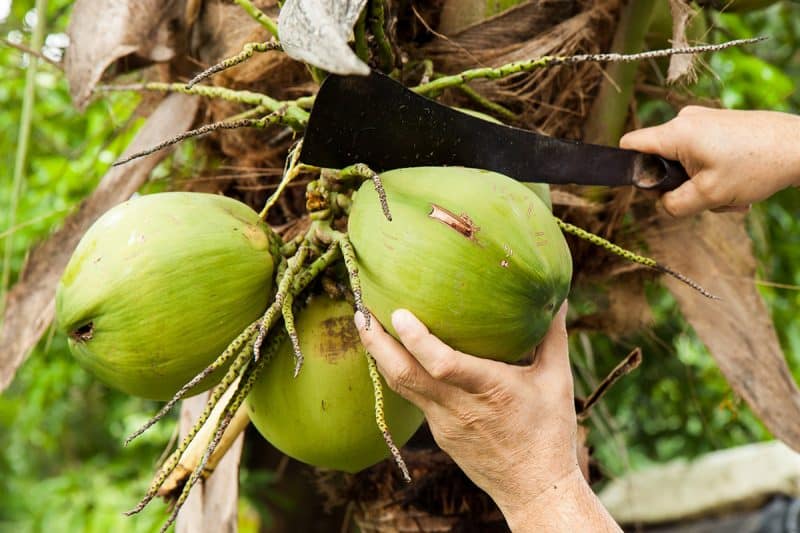
If you want the milk of coconuts harvest in about 7 months after fruit set. If you want to eat the flesh, add another six months.
Simply wait for the coconut to fall from the tree if you want to eat the flesh. Just make sure that as the tree gets taller, everyone is aware that they will fall with a solid thump so be careful.
Alternately, you can climb up the trunk and retrieve the fruits using a machete.
